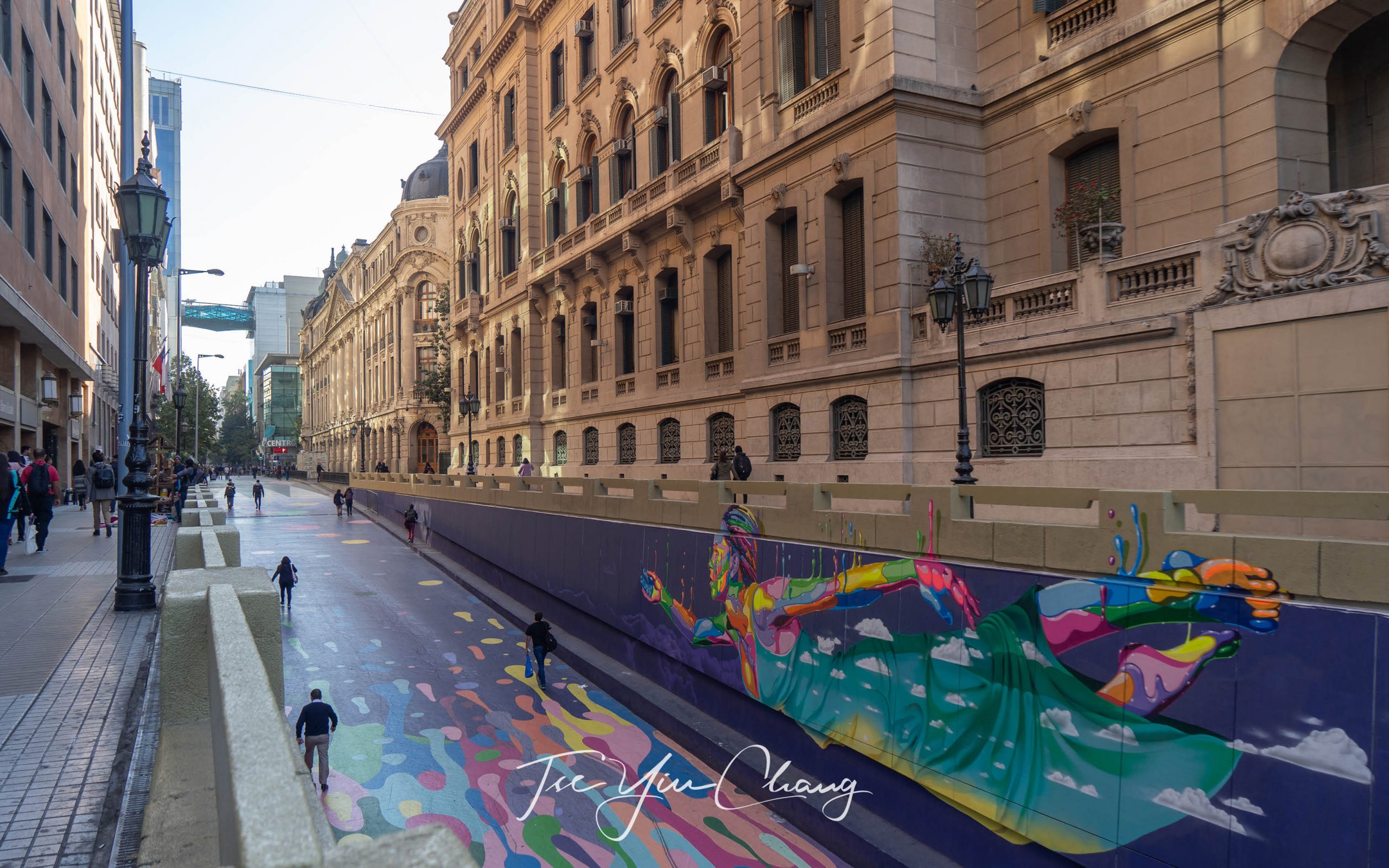
Animation is the process of making flat images come alive through the idea of movement. It is a broad concept and includes everything from a one-second GIF to a full-length feature film.
The history of animation extends far beyond animated kids’ movies. The first recorded animator was Pygmalion from Greek and Roman mythology, responsible for creating a figure of the perfect woman whom he begged Venus to bring to life. Animation is known for its mystical and whimsical aesthetic, which aligns its connection to childhood themes. Like folktales, animation can explore emotions and stories in a unique way compared with human actor productions.
While blockbuster movies made using 3D animation align with our conceptual understanding of animation, there are many distinct types. Today, businesses and individuals are using animation to educate, inform, persuade and challenge society through advertising, editorial and informational videos. While the highest quality 3D animation video is usually associated with Pixar films or big brands with extensive marketing budgets, animation is now more readily accessible through the proliferation of software, and the upskilling of professional animators.
Creating an animated video can be fun and engaging for potential customers, or as a project to show your skill. Animation is a compelling way to tell a story, creating a narrative which draws in viewers.
The six types of animation
2D animation
2D animation is flat and driven by graphics or imagery. Traditionally it is called ‘hand-drawn animation’ – a classic representation where the animator captures drawings frame-by-frame in a flat, two-dimensional space, which combines motion with flat or static graphics to create movement.
2D animation is best for conveying complex ideas and concepts, such as B2B marketing content, in which it can simplify communication concepts, taking the content beyond text, but limiting the expense of 3D animation. In 2D animation, there are many ways to use graphics such as photos, illustrations and PowerPoint decks.
Explainer videos often use whiteboard animation for showing customers how to use their website or products. Whiteboard animation is an accessible way to introduce animation into your business, through low-cost tools you can use yourself or by hiring a professional. Creating a video that looks like a whiteboard is a fantastic way to highlight your products or services.
3D animation
3D animation is sometimes known as computer-generated imagery (CGI) which we know from our favourite animated movies and TV shows. There are five sub-categories:
- Isometric or axonometric – meaning 3D but without perspective, is common in technical illustrations as they are clear, simple, and quick. Best for adding detail to interconnected objects or within considerable environments.
- Conceptual – useful for abstract products or environments. Best for developing a visually stunning showcase of product, process, or service.
- Photorealistic – an artistic interpretation of an object or environment, life-like in quality. Best for showing human anatomy, space, or underground layers the naked human eye cannot see.
- Low poly – minimum number of details or a small number of polygons to express the shape of an object. Best for inexpensive projects where speed is crucial.
- Looping graphics – animation endlessly replays through joined sequences. Best for bringing an image to life, concepts, time, or humour.
Stop-motion animation
Stop-motion animation is a popular form of animation as it employs similar techniques to traditional animation by joining images through small movements. This type of animation uses real objects, such as characters made from clay, paper or other materials including Lego or puppets. Capturing images one frame at a time, stop-motion animation tends to feel quirky and unusual and allows a significant depth of imagination. It is a tangible form of animation which gives creators a physical object to manipulate within a story.
Motion graphics animation
Motion graphics are varied, as they may use 2D or 3D animation, and typically animate text, logos or video clips. This type of animation is all digital, creating an engaging video through a sense of motion. Motion graphics are popular for explainer videos through their minimal and conceptual style and feature in commercial advertising on TV, news and sports segments and film title sequences.
Kinetic text animation
Animating quotes or text central to the video’s message often employs kinetic text animation. In this type of animation, components of the text interact to encourage the viewer to watch and act. Kinetic text animation works well for strong copywriting and less serious messages.
Augmented reality animation
Augmented Reality (AR) animation is a more recent form of creating alternative ways to interact with content. Similarly, to CGI, AR animation duplicates an object within the viewer’s actual surroundings. This type of animation is best known in video games or experiences including Pokémon GO.
How do 2D and 3D animation compare to each other?
2D animators typically have exceptional skills in drawing and illustration as their imagery is crucial to creating the sense of movement in the animation. 3D animators have stronger technology skills, necessary for understanding how to animate a character or scene. Both 2D and 3D animators need to understand how to create a powerful story. In 3D animation, characters rotate vertically and horizontally, thus requiring greater development of the character’s design, as opposed to a 2D character seen from one direction only.
Let’s chat
Whether you require a 2D or 3D animated video created for web, online learning or marketing we are here to help. Find out more about our web design and digital media services or contact us.









































































































